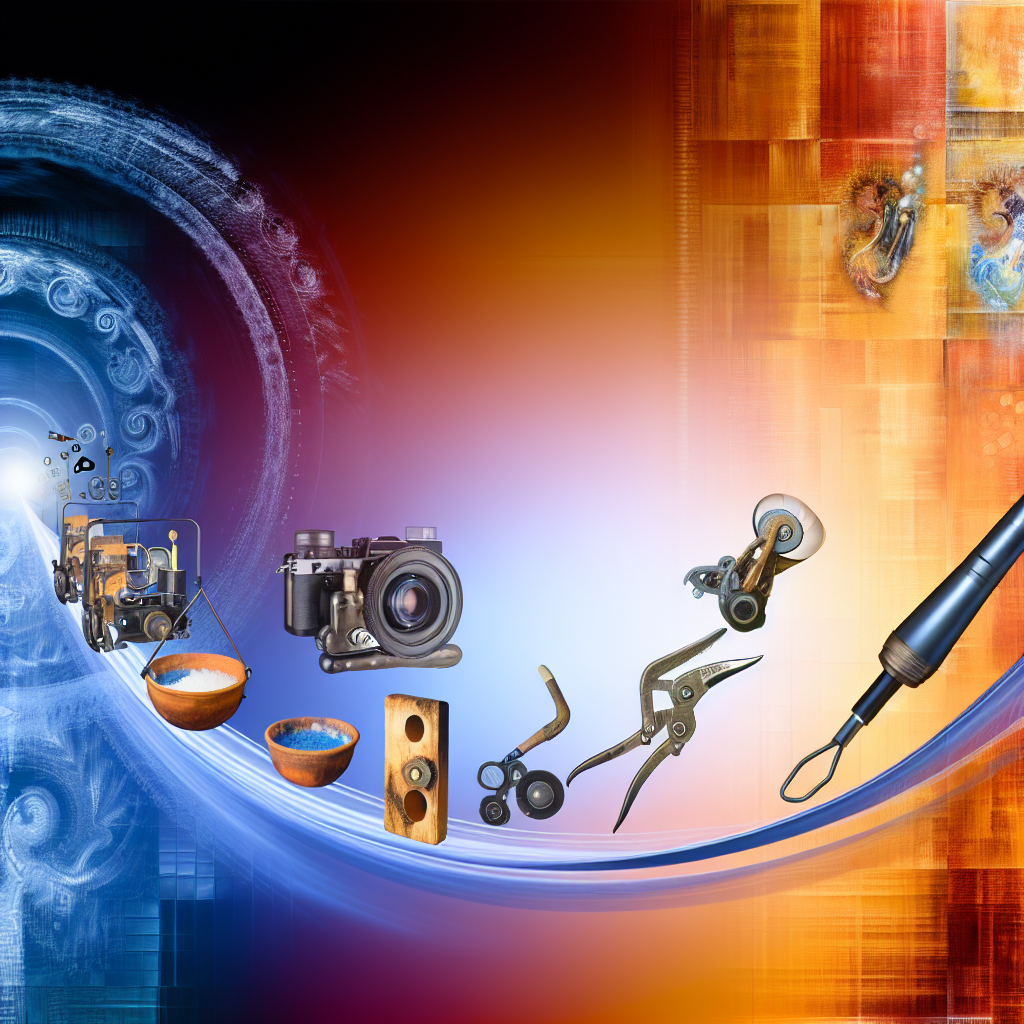The evolution from basic visual sensing to advanced visual intelligence marks a significant milestone in technology. By understanding how machines interpret and analyze visual data, businesses and developers can unlock powerful capabilities such as enhanced perception, recognition, and decision-making. In this article, we explore the journey of visual technology from simple sensing to sophisticated visual intelligence.
Advancements in Visual Sensing: Laying the Foundation for Intelligence
At its core, visual sensing involves capturing visual information through cameras and sensors, similar to how humans perceive their environment. Early systems relied heavily on basic image capture techniques, which provided raw data without interpretation. This stage was primarily focused on data collection rather than understanding the context or content of the visuals.
Recent innovations, however, have significantly enhanced the resolution, speed, and reliability of visual sensors. High-definition cameras, infrared imaging, and multispectral sensors now enable machines to gather detailed, multi-layered visual data necessary for complex analysis. Additionally, advances in hardware such as edge computing devices allow real-time processing at the source, reducing latency and improving responsiveness.
Transforming Raw Data into Visual Intelligence
Moving beyond sensing, the next critical step involves transforming raw visual data into meaningful insights, known as visual intelligence. This process integrates artificial intelligence (AI), machine learning (ML), and deep learning algorithms to recognize patterns, interpret scenes, and make decisions autonomously. For example, visual recognition systems can identify objects, classify images, and even predict behaviors based on visual cues.
Achieving true visual intelligence requires a layered approach:
- Feature Extraction: Identifying significant visual cues such as shapes, textures, and colors.
- Pattern Recognition: Leveraging AI models trained on massive datasets to classify and interpret visual information.
- Contextual Analysis: Understanding scenes within their environmental and situational context for more accurate decision-making.
The integration of these components enables machines to perform complex tasks—from autonomous driving to medical diagnostics—making visual intelligence a cornerstone of many emerging technological advancements.
Conclusion
The journey from visual sensing to visual intelligence exemplifies the rapid evolution of technology. While sensing builds the foundation by capturing high-quality data, transforming that data into actionable insights requires advanced AI and ML techniques. Understanding this progression helps businesses innovate and harness the full potential of visual technologies for smarter, more autonomous systems.
